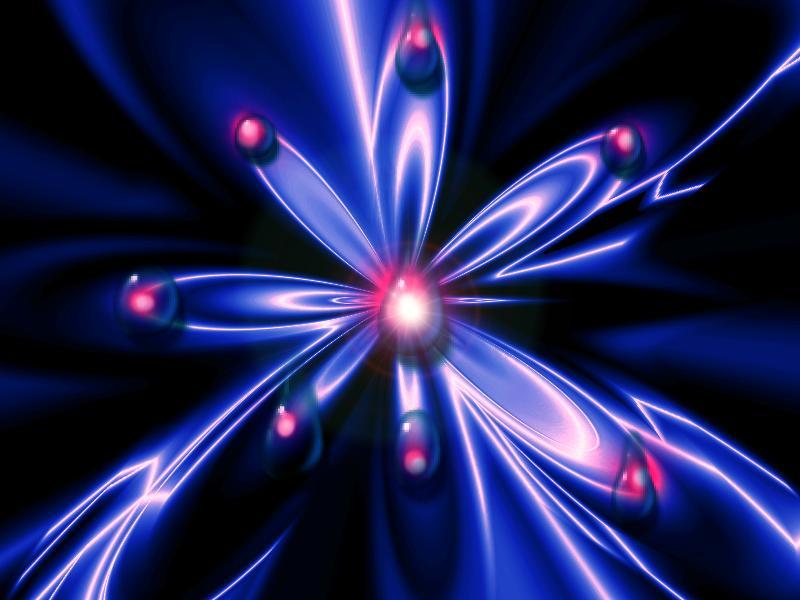The record on nuclear fusion in the UK? Much ado about nothing. Here because

The Jet reactor in the UK has set a new record for energy from nuclear fusion. The experiment, however, will also be the last because the plant will be decommissioned this year. All the details on the new projects
Researchers at the Joint European Torus, in the United Kingdom, established last December – but the news was released today – a new record for energy generated by nuclear fusion: it is a very promising but difficult process to implement and stabilize which It involves, in simple terms, the union of nuclei of light atoms at very high temperatures. Nuclear fusion is the same reaction that powers the Sun and could, once developed, make it possible to produce enormous quantities of electricity with zero greenhouse gas emissions, without highly radioactive waste.
DESPITE THE RECORD, JET WILL SOON BE DISCONTINUED
Scientists generated 69 megajoules from a fusion reaction that lasted five seconds, surpassing their record of 59 MJ set in 2021. The Joint European Torus reactor, the largest experimental nuclear fusion facility – is located at the Culham science center in Oxfordshire -, however, it will be decommissioned this year, after forty years of research.
Despite the record established by the researchers, in fact, the fusion remains very far from commercial success. Even the experiment celebrated today consumed more energy than the energy – which was scarce – that was produced by the reaction. Not to mention that, in order to build a fusion power plant, the reaction must be maintained for much longer times than currently.
THE LARGEST TOKAMAK TYPE FUSION REACTOR
The Joint European Torus, or JET, reactor began operation in 1983 and set its first energy production record in 1997. The result of a collaboration between the United Kingdom, European Union member states, Switzerland and Ukraine, JET was the largest and most powerful tokamak-type machine in the world.
The tokamak, developed by Soviet scientists in the 1950s, is a donut-shaped reactor that uses powerful magnets to retain two isotopes of hydrogen (deuterium and tritium) which are forced together through temperatures higher than those of the Sun This type of fusion is called magnetic confinement ; there are alternative processes that involve the use of lasers, such as in the Lawrence Livermore laboratory in California .
“THE RIGHT SWAN SONG”
In short, December was JET's last experiment on fusion. Britain's nuclear minister, Andrew Bowie, hailed it as "a fitting swansong after all the pioneering work done since 1983."
For experts, the record announced today represents, with all its limitations, a further step forward towards the development of nuclear fusion. Ian Chapman, head of the British Atomic Energy Authority, which leads the national fusion programme, recalled for example that “JET operated as close to power station conditions as possible with today's facilities, and its legacy it will be present in all future power plants.”
STEP WILL REPLACE JET
The European JET project will be replaced by a British program called STEP, from Spherical Tokamak for Energy Production. The reactor, also with magnetic confinement via tokamak, will be built on the same site as a decommissioned coal power plant in the county of Nottinghamshire.
The UK government hopes STEP could become one of the world's first nuclear fusion plants to supply electricity to the grid by the early 2040s. The project, led by a new body – UK Industrial Fusion Solutions – is funded with public money.
UK Industrial Fusion Solutions, we read on the Culham centre's website, “will be a privately held company established to collaborate with industry to build the prototype plant by 2040. Recruitment for the UKIFS Presidency will be started soon."
AND IN THE EUROPEAN UNION?
Despite being based in British territory, JET was financed mainly with money from the European Union's nuclear research program, Euratom, of which the United Kingdom is no longer part.
If the British successor to JET will be STEP, the European one is called ITER. It will be based in France and should be activated in 2025, but the first large-scale experiments will probably have to wait until 2035. Initially, the ITER project was supposed to start in 2016 at a cost of 5 billion euros; today that cost has quadrupled. It is possible that ITER delays were one of the main reasons why the British government did not rejoin the Euratom programme.
This is a machine translation from Italian language of a post published on Start Magazine at the URL https://www.startmag.it/energia/fusione-nucleare-record-jet/ on Thu, 08 Feb 2024 15:23:29 +0000.
